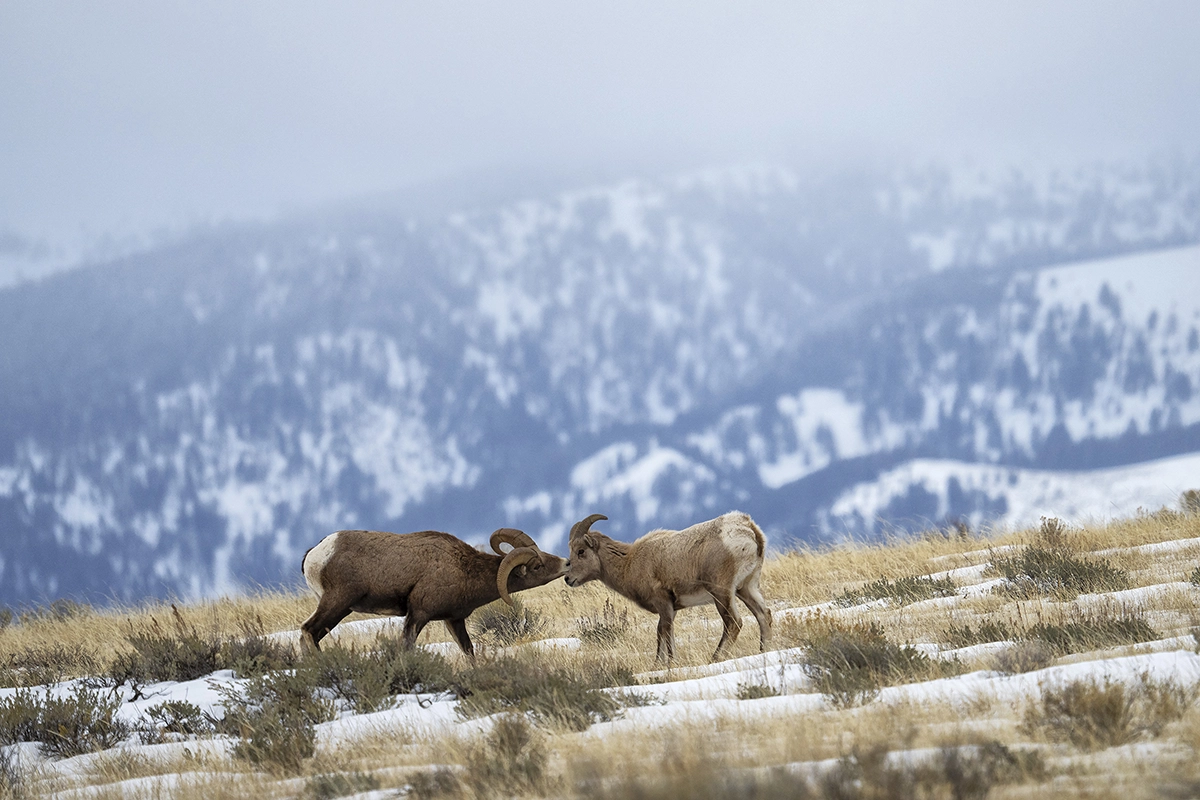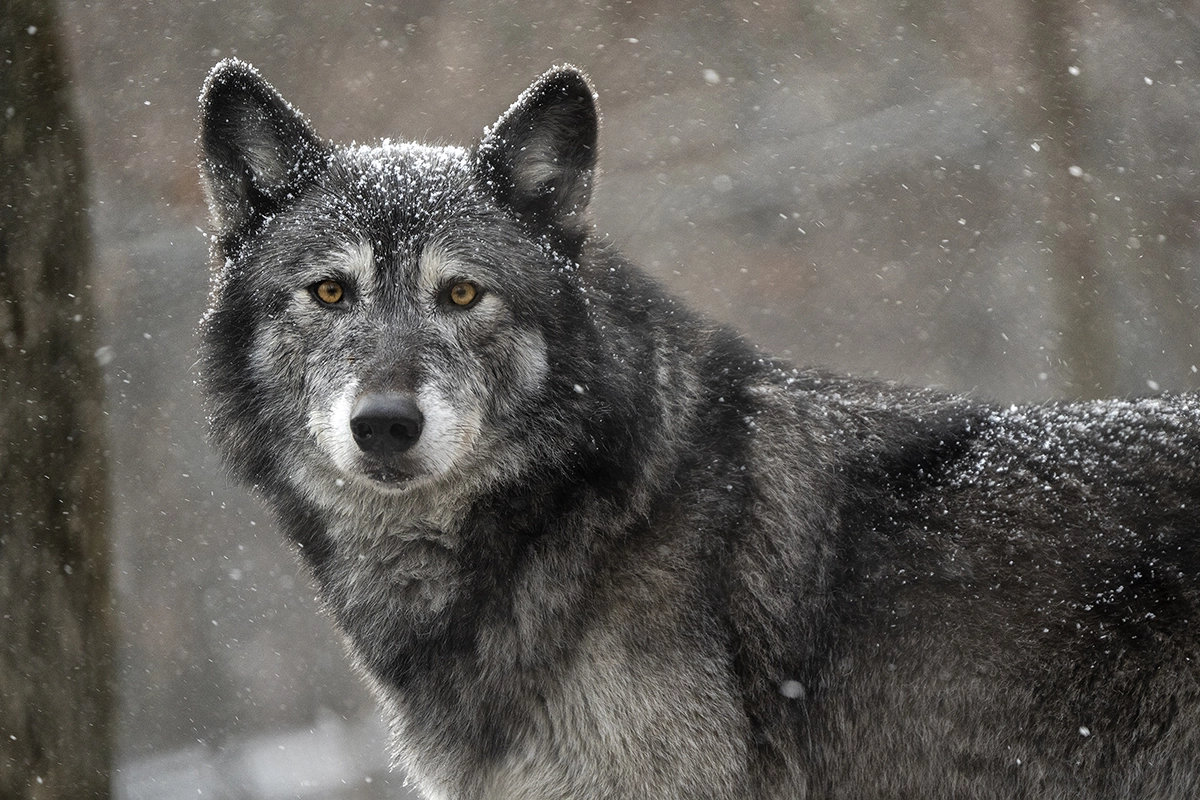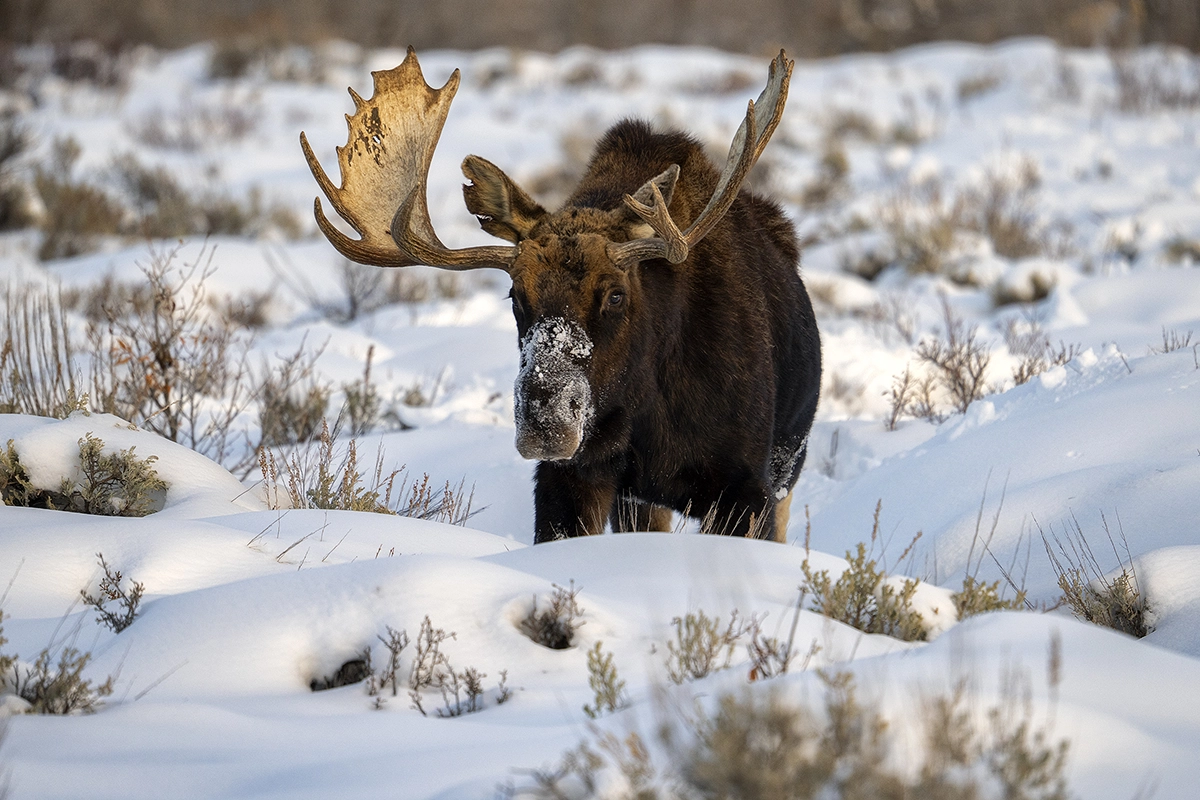Photographing wildlife during winter offers unique challenges and rewards, whether you’re braving icy landscapes or exploring sun-drenched habitats. In cold weather, snow and frost create dramatic backdrops that highlight animal adaptations for survival. In warmer regions, wildlife photographers find a different kind of magic—where animals stay active and landscapes remain vibrant.
Each environment demands careful preparation, from protecting your wildlife photography gear to understanding animal behavior in different climates. Mastering these wildlife photography techniques not only improves your technical skills but also allows you to create images that tell a powerful seasonal story. With the right knowledge and patience, winter wildlife photography can become one of the most rewarding adventures you’ll experience behind the lens.
By Guest Contributor Ken Hubbard
What You’ll Learn in This Blog Post:
By the end of this guide, you’ll know how to:
- Plan your winter shoot by researching active wildlife and seasonal behaviors
- Master the best wildlife photography settings for different lighting and environments
- Choose reliable and versatile wildlife photography gear for cold or warm climates
- Apply practical wildlife photography tips for beginners that improve results instantly
- Capture animals in their natural winter habitats while maintaining respect and safety
Top 9 Tips for Winter Wildlife Photography
TIP 1. Research What Animals Will Be Visible

Before heading out, whether to a snowy national park or a warm coastal refuge, do your research. Learn which animals will be active during your visit. Many species, like bears, hibernate, while others—such as birds and elk—migrate. Understanding what’s around and when ensures you’re in the right place at the right time for exceptional images.
TIP 2. Look for Seasonal Interactions

Great wildlife photographers know that timing is everything. Study animal habits—mating seasons, feeding schedules, and migration times—to anticipate activity. When you understand wildlife behavior, you can set up your shot rather than chase it. This preparation leads to more authentic storytelling in your wildlife photography.
TIP 3. Practice Before You Go

Preparation is key for wildlife photography beginners.
- Practice using your gear at local zoos or sanctuaries before venturing into the wild.
- Familiarize yourself with autofocus and exposure modes.
- Learn how your telephoto lens performs in different lighting.
Now, when an animal appears for just a few seconds, you’re ready to capture the moment with precision.
TIP 4. Use a Long Telephoto Lens

Every wildlife photographer relies on a good telephoto lens. Long focal lengths like those found in the Tamron 150-500mm or Tamron 50-400mm let you keep a safe distance while filling the frame with detail. Both of these Tamron lenses are excellent options for winter wildlife photography, offering advanced optics, dependable image stabilization, and durable, weather-sealed designs.
| Lens | Key Features | Why It's Great for Winter Wildlife Photography |
|---|---|---|
| Tamron 150-500mm F/5-6.7 Di III VC VXD | - Extended 500mm reach for distant subjects - Fast, quiet VXD linear motor for quick autofocus and smooth tracking - VC (Vibration Compensation) for steady handheld shots - Weather-sealed for protection against snow and rain | Ideal for capturing distant wildlife such as birds, moose, or whales in cold, open environments. Its longer reach and excellent stabilization make it perfect for sharp, detailed shots even from afar. |
| Tamron 50-400mm F/4.5-6.3 Di III VC VXD | - Versatile 8x zoom range from semi-wide to telephoto - Compact, lightweight design for easy travel and all-day hiking - VC (Vibration Compensation) for steady handheld shots - VXD ensure sharp focus and smooth tracking - Weather-sealed for protection against snow and rain | Great for mobile wildlife photographers or those on long hikes. Its lighter weight and flexibility make it easier to handle in freezing temperatures or changing shooting conditions. Note: Longer reach can always be obtained by shooting in crop mode. |
TIP 5. Look for the Good Light

Lighting can make or break any photo. Wildlife is most active during the golden hours—just after sunrise and before sunset—when soft, warm tones enhance fur textures and snow reflections.
Try These Wildlife Photography Techniques:
- Backlighting birds for glowing silhouettes.
- Use low-angle light to highlight patterns in frosty landscapes.
These moments elevate your wildlife photography to professional quality.
TIP 6. Capture Wildlife in Their Element

While close-ups are powerful, don’t forget to pull back. Showing animals in their surroundings adds context and emotion. Incorporate trees, snowdrifts, or reflections to tell a richer story. This is one of the most effective wildlife photography techniques for turning simple portraits into environmental narratives.
TIP 7. Focus on the Eyes

In wildlife photography, nothing draws the viewer in like sharp, expressive eyes. Keeping the eyes tack-sharp builds instant connection and impact.
Wildlife Photography Settings For Sharp Eyes:
- Use single-point autofocus and continuous tracking to maintain focus as animals move.
TIP 8. Be Patient and Still

Patience separates casual shooters from skilled wildlife photographers. Even with the best preparation, animals don’t always appear when expected. Stay still, move slowly, and wait for your subject to step into good light. Remaining calm also prevents startling wildlife—ensuring natural, ethical photography and safer encounters.
TIP 9. Protect Your Gear

Whether you’re in frigid or damp conditions, keeping your equipment safe is critical for successful winter wildlife photography.
Top Wildlife Photography Gear Protection Tips:
- Use a rain shield: Keep shooting through snow or drizzle while shielding your camera and lens from moisture.
- Store equipment in padded wraps or pouches: Protect lenses and bodies from condensation, bumps, and cold shock when moving between environments.
- Keep spare batteries warm: Cold weather dramatically reduces battery performance. Store extra batteries in an inner pocket close to your body or use hand warmers in your bag to maintain their charge longer. Swap them frequently to ensure you always have a warm, charged battery ready.
- Let gear acclimate gradually: When moving from cold outdoor air to a warm indoor space, leave your camera in its sealed bag until it reaches room temperature to prevent condensation inside the lens and body.
Protecting your wildlife photography gear ensures you never miss a shot due to weather or equipment failure.
Pro Tip: Lithium-ion batteries lose efficiency as temperatures drop because chemical reactions inside them slow down. Keeping them warm helps maintain voltage and prevents rapid power loss. Rotating warm spares in and cold ones out ensures uninterrupted shooting in the field.
Closing Thoughts on Our Winter Wildlife Photography Techniques and Tips
Winter offers a breathtaking stage for any wildlife photographer—from beginners to seasoned pros. By researching, practicing, and mastering essential wildlife photography settings and techniques, you’ll capture powerful images that celebrate nature’s resilience in the coldest months.
With the right wildlife photography tips for beginners, a thoughtful mindset, and the right wildlife photography gear, your next winter shoot could produce your most unforgettable images yet.
Learn more about Tamron lenses for winter wildlife photography at an authorized Tamron dealer near you or shop directly at the official TAMRON Store.
